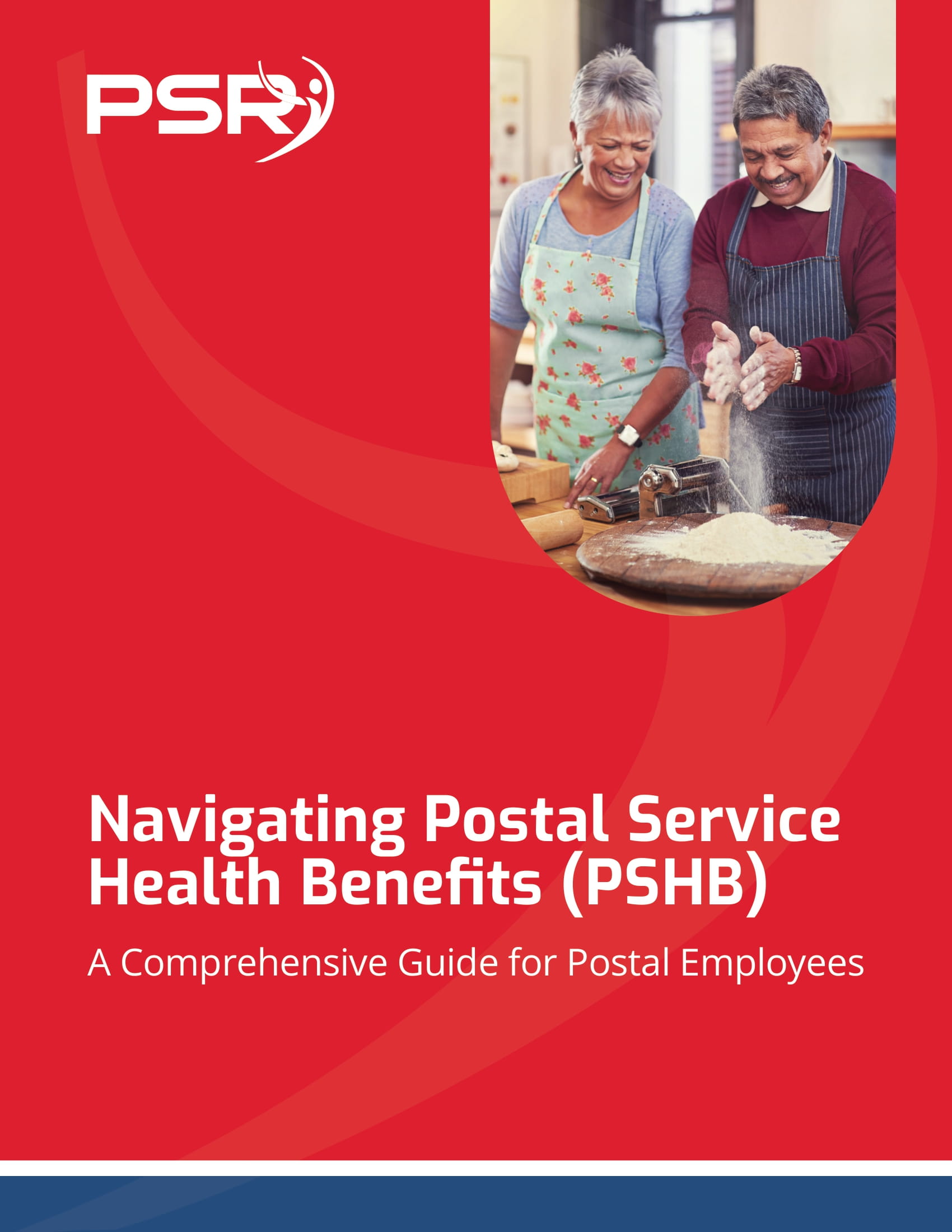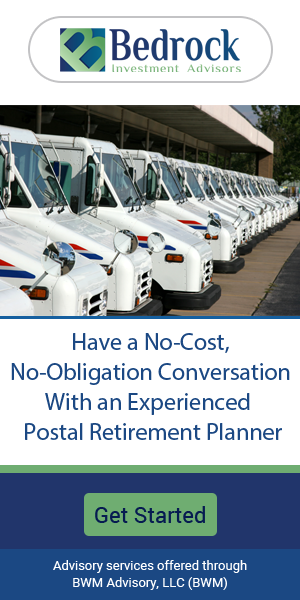Key Takeaways
-
Knowing what actions to take in the five years before retirement can help you avoid delays, maximize benefits, and reduce unexpected costs.
-
Understanding the official federal retirement timeline puts you in control of your financial future and ensures a smoother transition out of service.
5 Years Before Retirement: Lay the Foundation
If you’re within five years of your planned retirement date, now is the time to get serious about preparation. The Office of Personnel Management (OPM) advises federal employees to begin planning five years out because eligibility and benefit computations depend heavily on your service history and insurance elections.
Here’s what to start doing now:
-
Review your Official Personnel Folder (OPF): Make sure your service history is accurate, including military buyback if applicable.
-
Request an annuity estimate: This gives you a realistic sense of what your retirement income will look like.
-
Understand your eligibility: Under the Federal Employees Retirement System (FERS), you typically need to reach your Minimum Retirement Age (MRA) and have at least 30 years of service, or 60 years of age with 20 years, or 62 with at least 5 years.
-
Check your insurance enrollments: FEHB and FEGLI have specific requirements for continuation into retirement, including being enrolled for the five years immediately before retirement.
-
Maximize TSP contributions: As you get closer to retirement, consider catch-up contributions if you’re age 50 or older. The 2025 catch-up limit varies by age group and could enhance your savings significantly.
3 Years Before Retirement: Confirm the Details
At this point, retirement planning should become more detailed and tailored to your individual goals. It’s time to confirm everything you started at the five-year mark.
-
Reconfirm your OPF accuracy: Even minor errors can delay processing.
-
Evaluate your High-3 salary calculation: Your annuity is based on your highest average salary over any three consecutive years. Ensure your most recent or upcoming years will support your retirement income goals.
-
Assess your TSP allocation: Shift towards a more conservative investment strategy if needed, particularly if market volatility could impact your balance.
-
Start estimating post-retirement expenses: Include health coverage, long-term care, and travel plans.
2 Years Before Retirement: Fine-Tune Your Plan
Two years out is when you begin to align your expectations with practical decisions.
-
Schedule a retirement counseling session: Many agencies offer sessions to help you understand your benefits and options.
-
Consider Medicare eligibility: If you will be 65 or older at retirement, start planning for coordination with FEHB.
-
Review your survivor benefit elections: These decisions can affect your annuity and your spouse’s financial security.
-
Look into Social Security options: You can start collecting as early as 62, but benefits increase each year you delay until age 70. Decide what strategy fits your financial plan.
1 Year Before Retirement: Submit Preliminary Paperwork
With just a year left, now is the time to begin the official process.
-
Submit Form SF 2801 (CSRS) or SF 3107 (FERS): Although final submission happens closer to your date, early completion helps identify issues.
-
Ensure insurance eligibility: You must still be enrolled in FEHB and FEGLI if you want to continue them after retirement.
-
Verify sick leave balance: Sick leave is credited towards your service time and can increase your annuity.
-
Discuss your plan with HR: Your agency’s human resources office will help you double-check service history, benefit eligibility, and paperwork.
6 Months Before Retirement: Finalize Everything
At the six-month mark, your preparations turn into action. This is when your planning meets execution.
-
Submit your retirement application officially: Ideally three to six months before your retirement date.
-
Elect your annuity options: Including whether you’ll take a full annuity, partial, or phased retirement.
-
Make final decisions about survivor benefits: These are locked in once your annuity begins.
-
Coordinate with Social Security and Medicare: Apply for Medicare Part A (premium-free for most) if you’re 65. Decide if you’ll enroll in Part B, which comes with a monthly premium.
-
Update TSP withdrawal strategy: Consider installment payments, annuity purchases, or rollovers.
3 Months Before Retirement: Confirm and Double-Check
This is the final stretch. You’re confirming that everything is ready to go.
-
Get confirmation of retirement application receipt: Follow up with HR or OPM to confirm they’ve received everything.
-
Notify your supervisor and team: Begin transition planning and handoff of responsibilities.
-
Review your financial plan: Ensure all income sources, including annuity, Social Security, and TSP, are aligned with your cash flow needs.
1 Month Before Retirement: Final Walkthrough
You’re almost at the finish line. Here’s what you need to double-check in the final month.
-
Ensure you’ve received your retirement estimate from OPM: This helps confirm what your monthly payments will look like.
-
Review your address, direct deposit, and tax withholding information: Make sure it’s updated and accurate.
-
Create a post-retirement budget: Include all income streams and projected expenses.
-
Download or print all final documentation: Keep copies of your retirement application, benefit elections, and any TSP decisions.
Your First Month of Retirement: What to Expect
Once you’re officially retired, here’s what typically happens:
-
You may receive interim annuity payments: OPM may take several weeks to finalize your retirement, so expect temporary partial payments.
-
Your FEHB continues with no gap: As long as you were eligible and enrolled, your coverage rolls into retirement seamlessly.
-
TSP distributions begin (if elected): If you chose automatic installment payments or a withdrawal, these will begin according to your plan.
-
Your retirement packet arrives: OPM sends official paperwork confirming annuity amount, tax information, and benefit elections.
Common Pitfalls to Avoid
Even with good planning, certain issues can delay or reduce your benefits. Here are a few things to watch out for:
-
Missing documentation in your OPF: This can delay your retirement application.
-
Incomplete service credit for military time: If you haven’t bought back military time properly, it may not count toward your annuity.
-
Late Medicare Part B enrollment: This can result in a penalty unless you qualify for a Special Enrollment Period.
-
Failing to coordinate survivor benefits and insurance elections: These choices are final once your retirement is processed.
Why the Federal Timeline Matters
Retirement isn’t just a date—it’s a process. Following the federal timeline step-by-step gives you the best chance of retiring on time, with full benefits, and with peace of mind. Every year leading up to your retirement is an opportunity to clarify, correct, and confirm your plans.
Whether you are five years out or already counting down by months, staying proactive ensures your transition is financially sound and administratively smooth.
Make the Most of Your Final Working Years
If you’re getting close to retirement, now is the time to be strategic, deliberate, and focused. The federal timeline isn’t just a checklist—it’s a safeguard against missed opportunities and preventable errors. By following this sequence of actions, you give yourself the strongest possible foundation for a stable and secure retirement.
For professional help with understanding your specific benefits and creating a strategy, get in touch with a licensed agent listed on this website.












